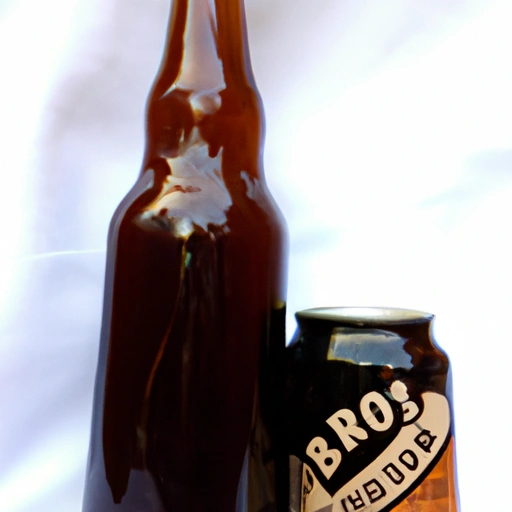Root Beer
Description

Root beer is a sweet, traditionally non-alcoholic beverage commonly made using the root bark of the sassafras tree or the sarsaparilla vine as the primary flavor. Modern versions may use artificial or natural flavoring substitutes. It is often carbonated and may contain a variety of other ingredients including herbs, spices, and sweeteners. While often enjoyed as a standalone drink, root beer is also a versatile ingredient in the culinary world.
Common uses
Root beer is often consumed as a refreshing beverage, particularly in its iced or frozen forms. It is also a staple at social gatherings and is frequently used as a mixer in cocktails. Root beer floats, combining the drink with vanilla ice cream, are a beloved American dessert. Additionally, root beer can be found in confectionery items such as candies and lollipops, imbuing them with its distinctive taste.
Nutritional value
Calories
A standard 12 fl oz (355 ml) serving of root beer typically contains around 150 to 200 calories, depending on the brand and sugar content.
Protein
Root beer contains negligible amounts of protein.
Fat
Root beer is generally fat-free.
Carbohydrates
Most of the calories in root beer come from carbohydrates, primarily sugars, with a 12 fl oz (355 ml) serving containing around 39 grams.
Vitamins
Commercial root beer is not a significant source of vitamins.
Minerals
Root beer may contain small amounts of certain minerals like sodium, but it is not considered a good source of minerals.
Health benefits
While root beer is not typically associated with health benefits, some homemade or artisanal versions made with natural root extracts may contain compounds with anti-inflammatory and antimicrobial properties. Nonetheless, consumption should be moderate due to its high sugar content.
Potential risks
High sugar content in root beer can contribute to dental cavities, weight gain, and metabolic issues if consumed in excess. Additionally, artificial flavors and colors added to some brands may cause adverse reactions in sensitive individuals.
Common recipes
Root beer is commonly used to make floats, popsicles, and smoothies. It can also be used as a marinade for meats, lending a unique flavor to dishes such as pulled pork or beef brisket.
Cooking methods
Root beer can be reduced to a syrup and used in glazes or barbecue sauces. It is also used in baking, adding a complex sweetness to cakes, cookies, and frostings.
Pairing with other ingredients
Root beer pairs well with vanilla and creamy flavors, as well as with rich, savory dishes. Its sweetness can complement spicy foods and balance out the acidity in tomato-based sauces.
Summary
Root beer is a multifaceted ingredient with a rich American heritage. Its sweet and complex flavor makes it a favorite in beverages and desserts, as well as a unique addition to savory dishes. Despite its lack of significant nutritional benefits, it remains a popular cultural staple with a distinct taste that appeals to many around the world.